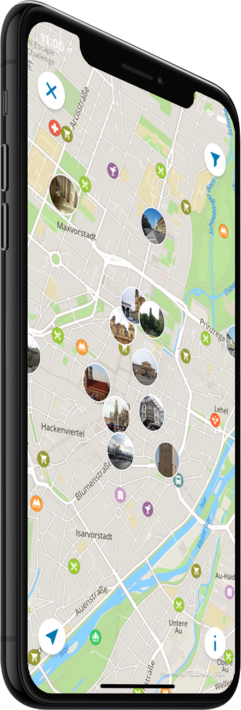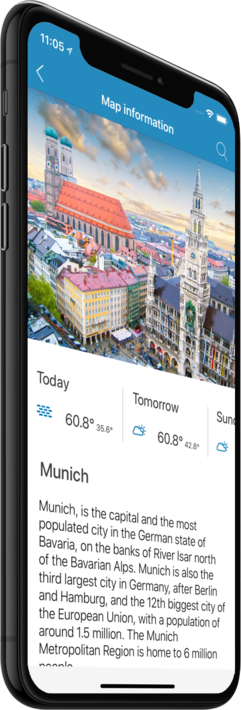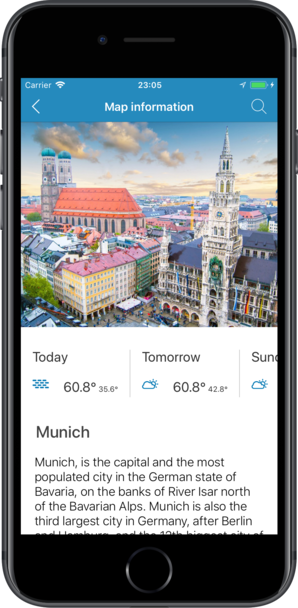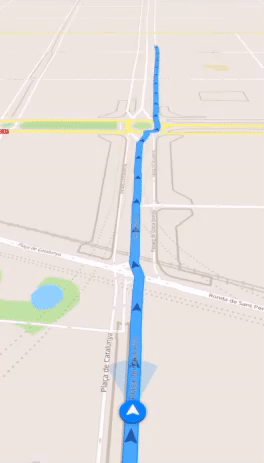Features
Turn your trip into an exciting and unforgettable experience
with the Munich offline mobile map!
TOP DESTINATIONS
Our offline map offers you information about 26 top destinations, featuring high-quality descriptions, photos, and reviews written by real travelers.
HIGH-QUALITY CONTENT
Every location we feature comes with a description, a photo, and reviews written by real people.
SAVE ON MOBILE DATA!
All of the app’s features work offline! Simply download our completely autonomous map before your trip, and save mobile traffic!
FIND TOP DESTINATIONS NEARBY!
In addition to our featured locations, you will find tens of thousands of other useful places in our guide (hotels, restaurants, teller machines, public transport stops, points of interest, etc.)
OFFLINE NAVIGATION
Plan the best driving, walking, or biking route offline! Save your locations, so you can always easily find your way back and never get lost.
WEATHER FORECAST AND CURRENCY CONVERSION!
Latest weather forecast and a handy conversion rate calculator for 200+ different currencies!
Top places of interest
Here is a list of just a few of the places of interest that you can find on our offline map.
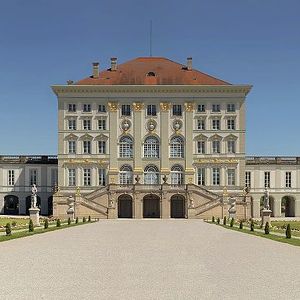
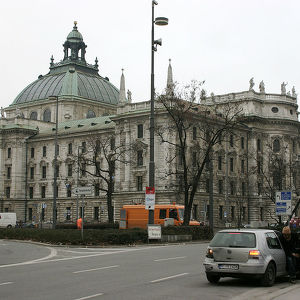
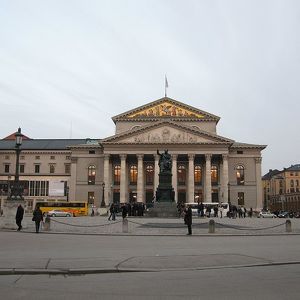
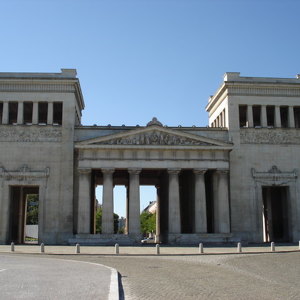
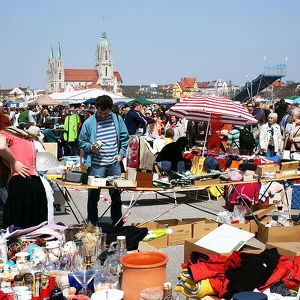
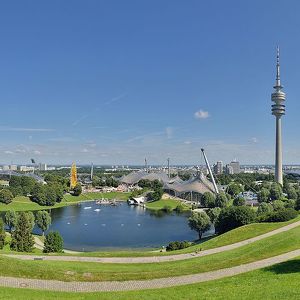
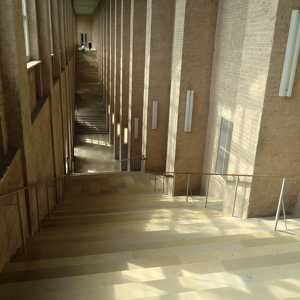
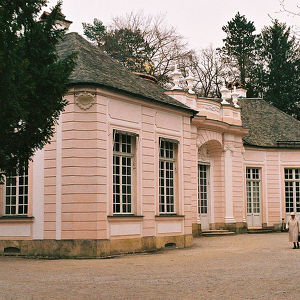
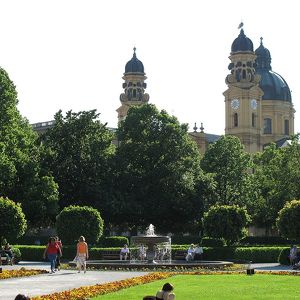
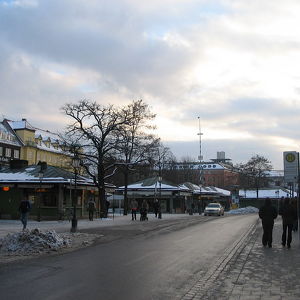
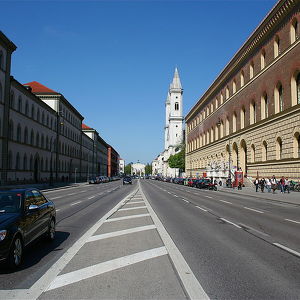
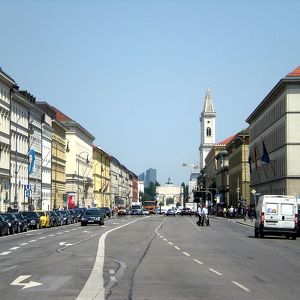
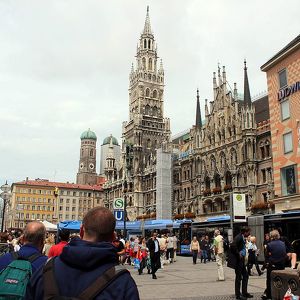
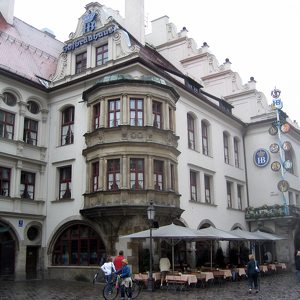
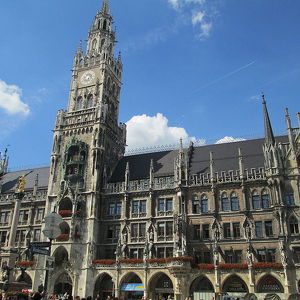
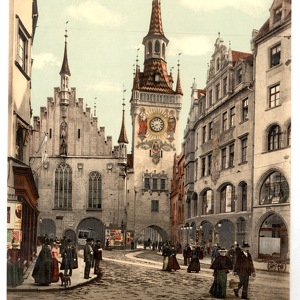
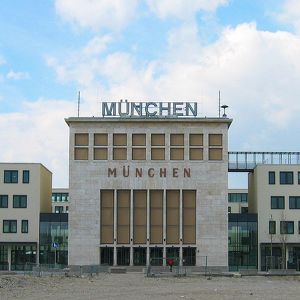
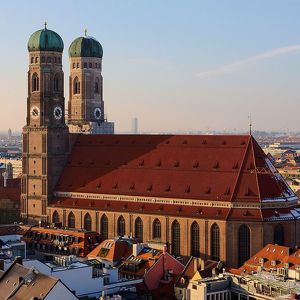
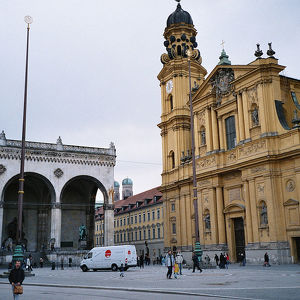
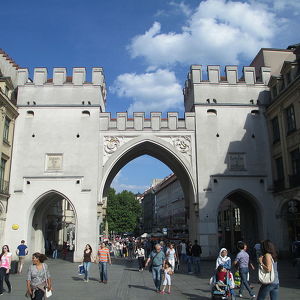
Nymphenburg Palace
The Nymphenburg Palace (German: Schloss Nymphenburg), i. e., "Castle of the Nymph (or Nymphs)", is a Baroque palace in Munich, Bavaria, southern Germany. The palace is the main summer residence of the former rulers of Bavaria of the House of Wittelsbac...
Justizpalast
The palatial (old) Palace of Justice was constructed in 1890–97 by the architect Friedrich von Thiersch in neo-baroque style at the west side of the Karlsplatz (Stachus). The building of the Gründerzeit is dominated by a central glass dome (67 meters)....
National Theatre Munich
The first theatre was commissioned in 1810 by King Maximilian I of Bavaria because the nearby Cuvilliés Theatre had too little space. It was designed by Karl von Fischer, with the 1782 Odéon in Paris as architectural precedent. Construction began on 26...
Königsplatz
Königsplatz is a square in Munich, Germany. Built in the style of European Neoclassicism in the 19th century, it is a center of cultural life.[citation needed] The area around Königsplatz is today the home to the Kunstareal, Munich's gallery and museum...
Theresienwiese
Theresienwiese is an open space in the Munich borough of Ludwigsvorstadt-Isarvorstadt. It serves as the official ground of the Munich Oktoberfest. A space of 420,000 square metres (4,500,000 sq ft), it is bordered in the west by the Ruhmeshalle and the...
Olympiapark
The Olympiapark München (English: Olympic Park Munich) in Munich, Germany, is an Olympic Park which was constructed for the 1972 Summer Olympics. Located in the Oberwiesenfeld neighborhood of Munich, the Park continues to serve as a venue for cultural,...
Alte Pinakothek
he Alte Pinakothek is an art museum located in the Kunstareal area in Munich, Germany. It is one of the oldest galleries in the world and houses one of the most famous collections of Old Master paintings. The name Alte (Old) Pinakothek refers to the ti...
Nymphenburg
The Nymphenburg Palace (German: Schloss Nymphenburg), i. e., "Castle of the Nymph (or Nymphs)", is a Baroque palace in Munich, Bavaria, southern Germany. The palace is the main summer residence of the former rulers of Bavaria of the House of Wittelsbac...
Hofgarten
The garden was built in 1613–1617 by Maximilian I, Elector of Bavaria as an Italian style Renaissance garden. In the center of the garden is a pavilion for the goddess Diana, built in 1615 by Heinrich Schön the elder. A path leads from each of the eigh...
Viktualienmarkt
The Viktualienmarkt is a daily food market and a square in the center of Munich, Germany. The Viktualienmarkt developed from an original farmers' market to a popular market for gourmets. In an area covering 22,000 m2 (240,000 sq ft), 140 stalls and ...
Ludwigstrasse
The Ludwigstraße in Munich is one of the city's four royal avenues next to the Brienner Straße, the Maximilianstraße and the Prinzregentenstraße. Principal was King Ludwig I of Bavaria, the avenue is named in his honour. The city's grandest boulevard w...
Bavarian National Museum
The Bavarian National Museum in Munich is one of the most important museums of decorative arts in Europe and one of the largest art museums in Germany.[citation needed] Since the beginning the collection has been divided into two main groups: the art h...
Marienplatz
Marienplatz was named after the Mariensäule, a Marian column erected in its centre in 1638 to celebrate the end of Swedish occupation. Today the Marienplatz is dominated by the New City Hall (Neues Rathaus) on the north side. The Glockenspiel in the to...
Hofbräuhaus am Platzl
The Hofbräuhaus am Platzl is a beer hall in Munich, Germany, originally built in 1589 by Bavarian Duke Maximilian I as an extension of the Staatliches Hofbräuhaus in München brewery. The general public was admitted in 1828 by Ludwig I. The building was...
New Town Hall
The New Town Hall (German: Neues Rathaus) is a town hall at the northern part of Marienplatz in Munich, Bavaria, Germany. It hosts the city government including the city council, offices of the mayors and part of the administration. In 1874 the municip...
Old Town Hall
The building, documented for the first time in 1310, had its Grand Hall (Großer Saal) constructed in 1392/1394. The former Talburg Gate (Talburgtor) of the first city wall serves as spire. The Old Town Hall was re-designed in late-gothic style by Jörg ...
Munich Airport
Munich Airport, German: Flughafen München, is a major international airport near Munich, the capital of Bavaria. It is the second busiest airport in Germany in terms of passenger traffic behind Frankfurt Airport, and the seventh-busiest airport in Euro...
Munich Frauenkirche
The Frauenkirche (Full name: German: Dom zu Unserer Lieben Frau, English: Cathedral of Our Dear Lady) is a church in the Bavarian city of Munich that serves as the cathedral of the Archdiocese of Munich and Freising and seat of its Archbishop. It is a ...
Odeonsplatz
The Odeonsplatz is a large square in central Munich which was developed in the early 19th century by Leo von Klenze and is at the southern end of the Ludwigstraße, developed at the same time. The square is named for the former concert hall, the Odeon, ...
Karlstor
Karlstor in Munich (called Neuhauser Tor until 1791) is one of what used to be Munich's famed city wall from the medieval ages till late into the 18th century. It served as a major defensive fortification and checkpoint. It is located at the western...
Counter

26
TOP DESTINATIONS

1054
PLACES OF INTEREST

926
HOTELS

4522
CAFES AND RESTAURANTS
Contact us
You can get in touch with us by filling out this form
 |
 |
 |

